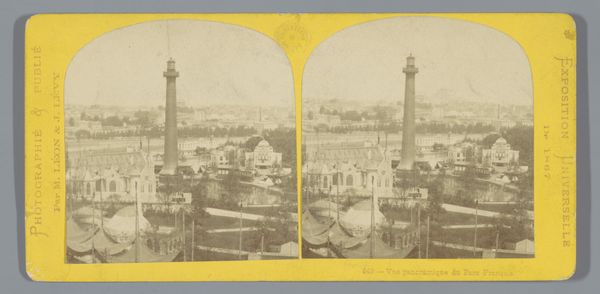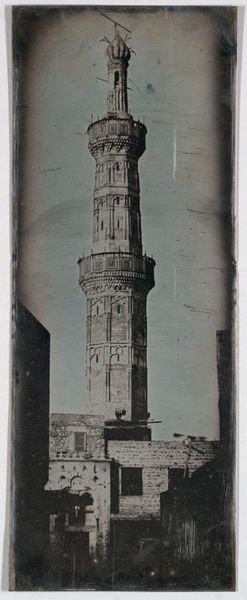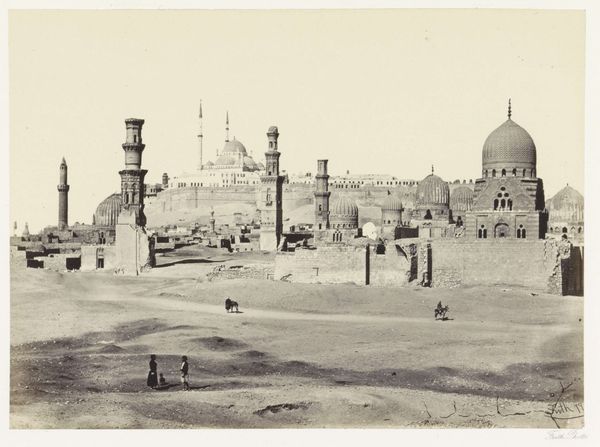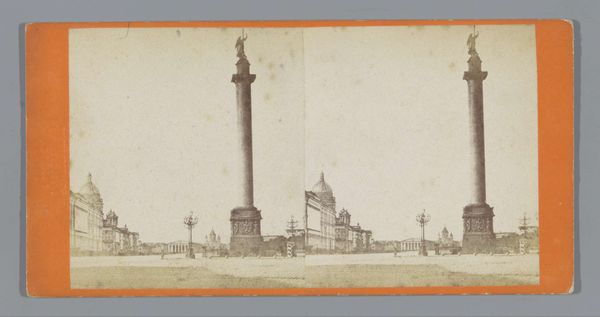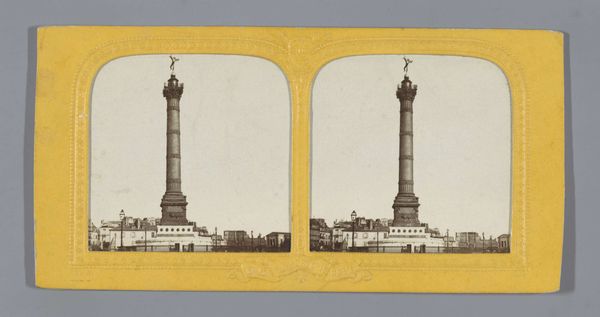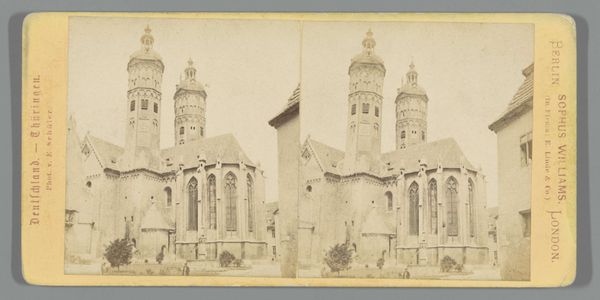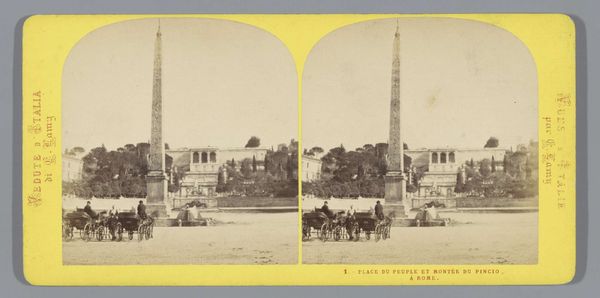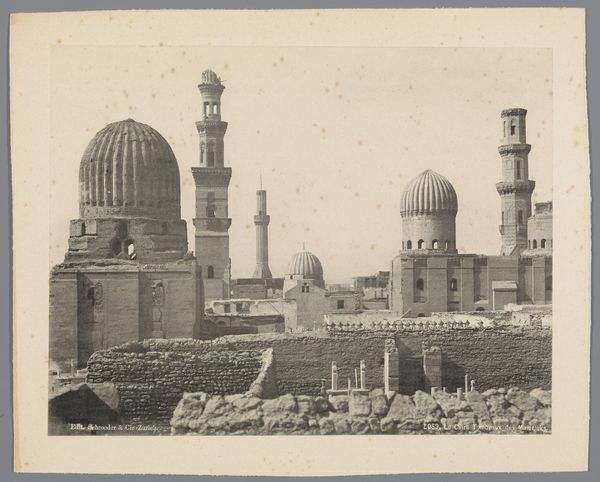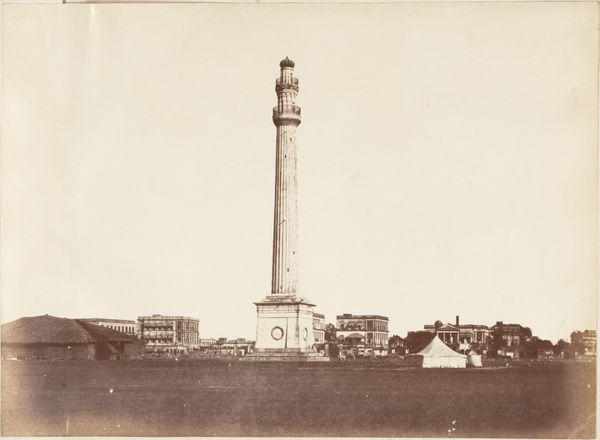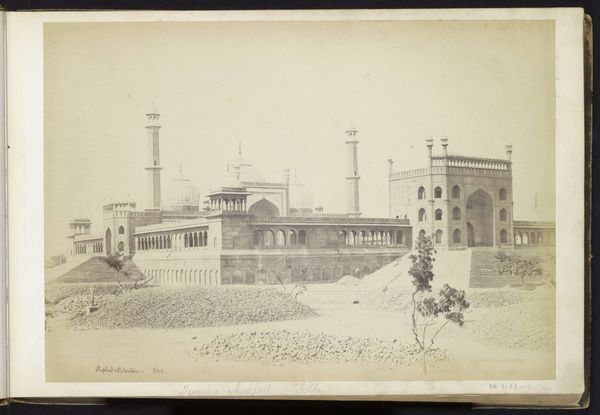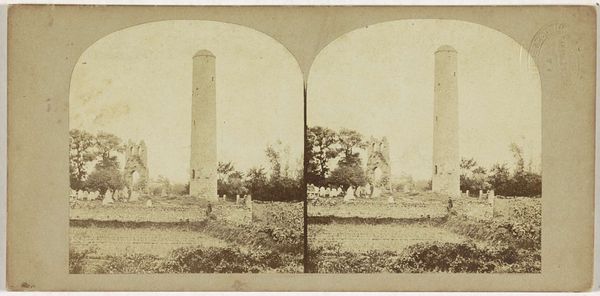
photography, albumen-print
#
landscape
#
photography
#
orientalism
#
cityscape
#
islamic-art
#
albumen-print
Dimensions: height 70 mm, width 70 mm, height 70 mm, width 70 mm, height 84 mm, width 173 mm
Copyright: Rijks Museum: Open Domain
Editor: Here we have Francis Frith’s albumen print from 1856-1860, “Graven van de Mamelukken, Caïro, Egypte," or Tombs of the Mamluks, Cairo, Egypt, currently at the Rijksmuseum. I’m struck by how desolate and timeless it feels all at once. What do you see in this piece? Curator: Well, the tombs themselves serve as potent symbols of vanished power. But Frith, being a Victorian Englishman, brings his own symbolic framing to it. Think about the Mamluks, a warrior class of slaves who ruled Egypt for centuries. Frith’s photograph captures their decaying tombs, a symbolic commentary on the transience of power. Editor: So the ruin signifies the past, a moral lesson about power? Curator: Exactly! Consider also the lone figure in the foreground; this person accentuates the vastness and perhaps suggests a quiet contemplation of history. What feelings arise when viewing that solitary person in this photograph? Editor: Loneliness and perhaps insignificance come to mind. Is the inclusion of people also about establishing scale, or is there another layer of symbolism? Curator: It certainly gives us scale. But, it can also act as a visual bridge between the viewer, and this very distant space. It is an assertion of the contemporary within an historical site, connecting two very distinct points in time. Editor: Fascinating, I now perceive how much thought was given to its symbolic implications beyond simply capturing an image! Curator: Photography at the time sought legitimacy through such artistic intention; to mirror history painting itself. This pursuit of symbolism is part of its early aesthetic agenda, which helps us understand photography’s role in visual culture even now.
Comments
No comments
Be the first to comment and join the conversation on the ultimate creative platform.
